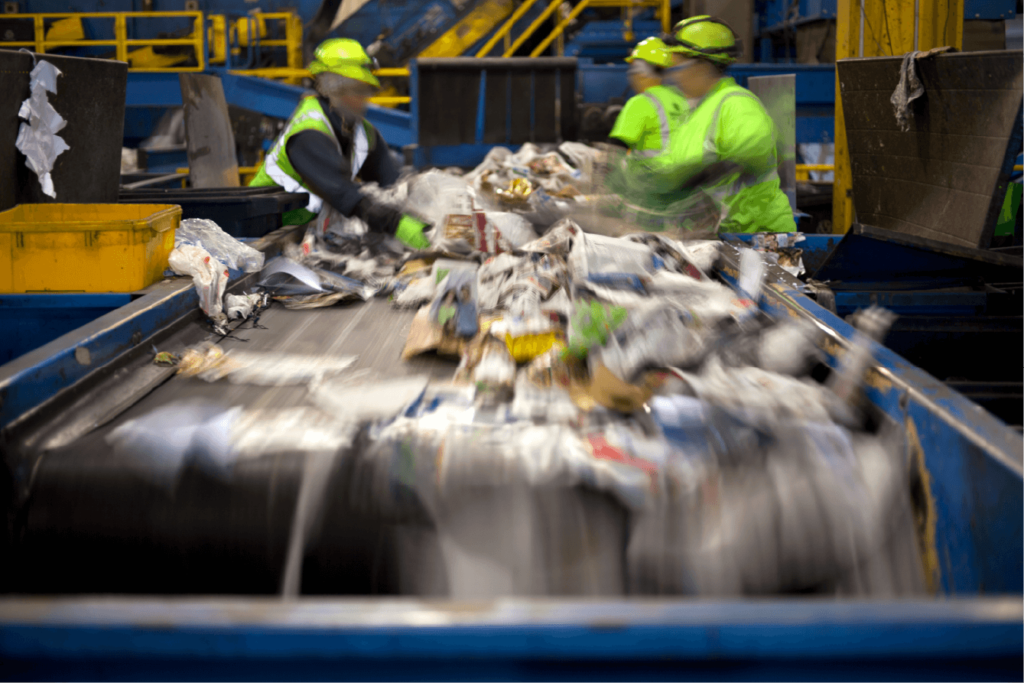Sorting plastics correctly is crucial for efficient recycling and reducing the environmental impact of plastic waste. When done properly, it ensures that the materials are reused in the right way, conserving resources and reducing landfill waste. Here’s how to sort plastics effectively:
1. Identify Different Types of Plastics
Plastics come in various types, each with different recycling processes. The first step is to familiarize yourself with the most common types:
- PET (Polyethylene Terephthalate) – Usually found in water and soda bottles.
- HDPE (High-Density Polyethylene) – Commonly used in milk jugs and detergent bottles.
- PVC (Polyvinyl Chloride) – Found in plumbing pipes, flooring, and shrink wraps.
- LDPE (Low-Density Polyethylene) – Used in grocery bags and some plastic wraps.
- PP (Polypropylene) – Common in yogurt containers, straws, and bottle caps.
- PS (Polystyrene) – Found in disposable cutlery, cups, and packaging materials.
- Other – This category includes a variety of plastics like acrylic and polycarbonate, often used in eyewear and electronics.

2. Check for Recycling Symbols
Plastics typically have a recycling symbol, which helps identify the resin type. Look for a number inside the triangle, indicating the plastic’s classification. Always check with your local recycling program to confirm which types they accept, as this can vary by region.

3. Rinse Before Recycling
Dirty plastics can contaminate the recycling process, so make sure to rinse out food and drink containers before placing them in the recycling bin. Even small residues of food or liquids can cause problems at recycling centers, making it harder to process the materials.

4. Separate Plastics Based on Resin Types
Some recycling programs require you to separate plastics by resin type. Sort your plastics into distinct groups based on their recycling symbols (for example, separating PET from HDPE). This can increase the efficiency of the recycling process and ensure that each material is handled appropriately.

5. Check Local Guidelines
Recycling rules can vary widely depending on your location. Some recycling programs accept a wide range of plastics, while others may only accept certain types. Always check your local recycling guidelines to ensure you’re sorting plastics correctly.
6. Avoid Mixing Non-Recyclable Plastics
Certain plastics, such as plastic bags, plastic wrap, and Styrofoam, are typically not recyclable in curbside bins. However, many stores offer drop-off bins for plastic bags. Avoid putting non-recyclable plastics in your recycling bin, as they can damage equipment at recycling centers.
7. Consider Reusing Plastics
Before discarding plastics, consider whether they can be reused in some way. Many plastic items can be repurposed for household uses, reducing waste and promoting sustainability.
Conclusion
Sorting plastics may seem like a small task, but it plays a vital role in the larger effort to reduce plastic waste and protect the environment. By knowing the types of plastics, cleaning them properly, and following local guidelines, you can ensure that more plastic waste is recycled and reused. Together, we can help keep our planet cleaner, one plastic item at a time.

Leave a Reply